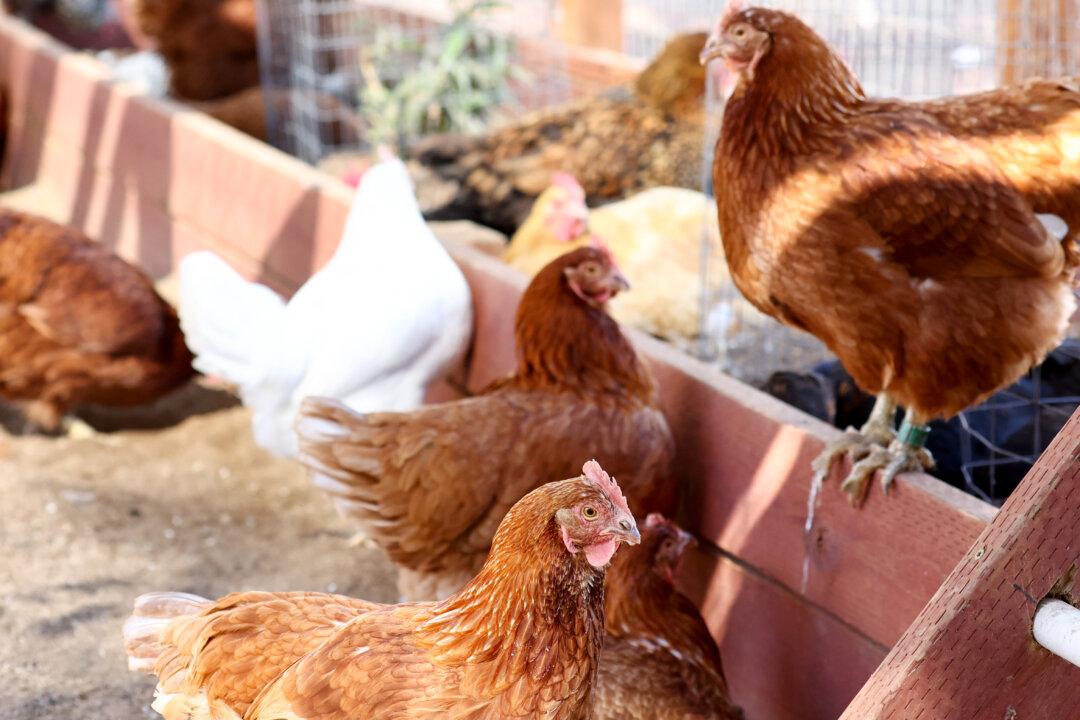The Eurasian strain of the highly pathogenic avian influenza (HPAI H5N1) has been detected in two mountain lions in California in recent months, wildlife health experts confirmed this week.
In a March 28 news release, the California Department of Fish and Wildlife (CDFW) said that while additional disease testing is currently being conducted to rule out the possibility of co-infections, avian influenza is suspected to be the cause of death for both mountain lions.




